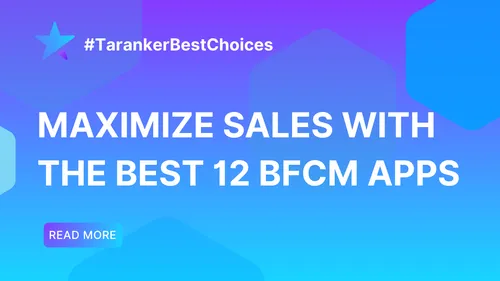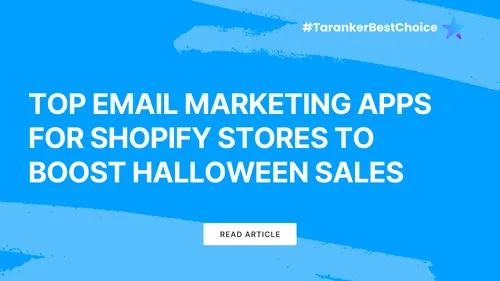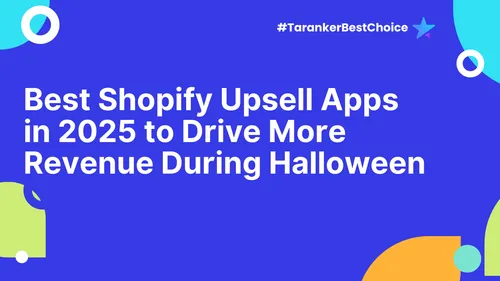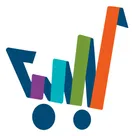Introduction
As your Shopify store grows, so do the complexities of managing shipping and fulfillment. While handling orders in-house can be efficient for small-scale operations, it quickly becomes overwhelming as your business scales. The solution? Leveraging third-party shipping and fulfillment services.
Integrating third-party logistics (3PL) and shipping solutions can streamline your operations, reduce costs, enhance customer satisfaction, and give you the freedom to focus on marketing and sales. However, understanding how to implement these services effectively is key to unlocking their full potential.
In this guide, we'll explore:
✔ What third-party shipping and fulfillment services are
✔ Benefits of using 3PL services for your Shopify store
✔ Recommended third-party providers for Shopify merchants
✔ How to integrate these services with your Shopify store
✔ Best practices for optimizing your shipping and fulfillment process
Let’s get your logistics strategy working smarter, not harder.
1. What Are Third-Party Shipping and Fulfillment Services?
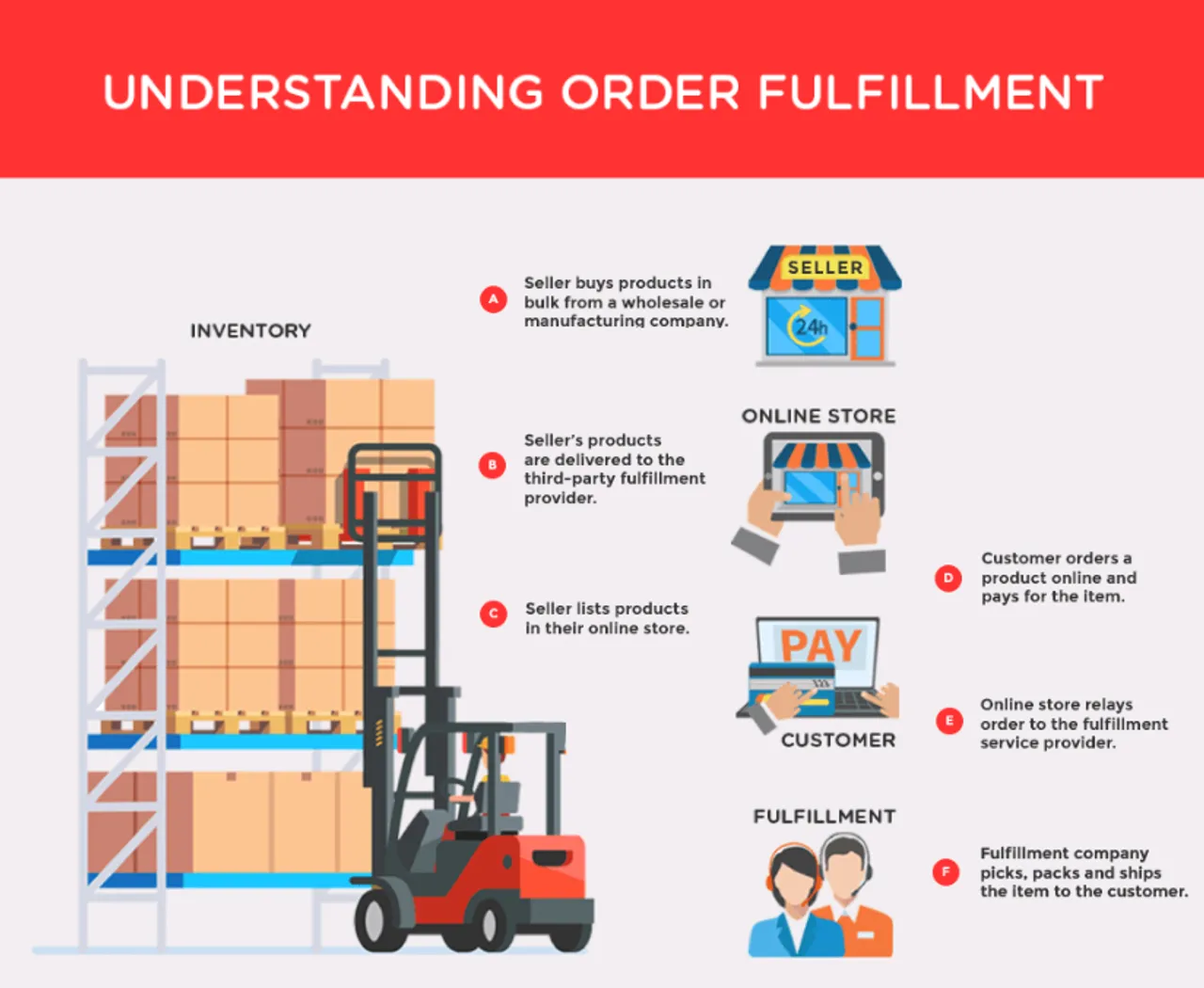
Third-party shipping and fulfillment services, commonly referred to as 3PLs, are companies that manage your order processing, warehousing, picking, packing, and shipping on your behalf. By outsourcing these tasks, Shopify merchants can enhance their customer experience while eliminating logistical headaches.
How 3PL Works
-
Storage: Your inventory is shipped to a 3PL’s warehouse.
-
Order Processing: When an order is placed on your Shopify store, the 3PL receives the details automatically.
-
Picking and Packing: The 3PL selects the correct products from storage, packages them securely, and prepares them for shipping.
-
Shipping: The package is sent to the customer via various carriers (DHL, FedEx, UPS, etc.).
-
Tracking and Returns: Orders are tracked, and returns are managed if applicable.
📌 Example: If you sell apparel and cosmetics, you can store your products at a 3PL’s warehouse. When a customer places an order, the 3PL picks, packs, and ships the items directly to the buyer.
2. Benefits of Using Third-Party Shipping and Fulfillment Services for Shopify Stores
a) Scalability and Flexibility

As your business grows, so does the volume of orders you need to fulfill. Managing shipping in-house can become a logistical nightmare—especially during peak seasons or flash sales.
✔ Faster Fulfillment: 3PLs have dedicated infrastructure and personnel to process large volumes of orders quickly.
✔ On-Demand Warehousing: Scale up or down without the financial burden of maintaining your own storage facilities.
✔ Geographic Reach: Many 3PLs offer international shipping solutions, helping you expand your market globally.
📌 Pro Tip: Partnering with multiple fulfillment centers across different regions can reduce shipping times and costs for your customers.
b) Cost Savings

While 3PLs charge for their services, outsourcing can actually be more economical than managing everything in-house.
✔ Lower Shipping Rates: Due to bulk shipping, many 3PLs can offer discounted rates from carriers.
✔ Reduced Overhead: Eliminate costs associated with warehousing, hiring staff, and maintaining inventory systems.
✔ Fewer Errors: Streamlined processes reduce costly mistakes in packing, labeling, and shipping.
📌 Stat: Merchants using 3PL services report an average of 30% reduction in shipping costs.
c) Improved Customer Experience

Outsourcing fulfillment allows you to focus on customer satisfaction, marketing, and sales.
✔ Faster Delivery Times: Automated fulfillment means quicker processing, resulting in faster delivery.
✔ Reliable Tracking: Customers receive real-time updates about their order status, enhancing transparency and trust.
✔ Simplified Returns: Professional 3PLs often handle returns more efficiently, ensuring smooth customer experiences.
3. Recommended Third-Party Providers for Shopify Merchants
Here are some of the best 3PL solutions for Shopify merchants:
a) ShipBob
Overview: A robust end-to-end fulfillment service with a global network of warehouses.
✔ Integration: Seamless Shopify integration with real-time inventory tracking.
✔ Features: 2-day express shipping, analytics dashboard, and advanced reporting.
✔ Best For: Merchants scaling globally and seeking fast, reliable fulfillment.
b) Deliverr
Overview: A fulfillment solution focused on providing fast shipping at affordable rates.
✔ Integration: Easy integration with Shopify, Amazon, Walmart, and more.
✔ Features: Predictive analytics, same-day processing, branded tracking pages.
✔ Best For: Merchants looking for 2-day delivery capabilities without using Amazon FBA.
c) Fulfillment by Amazon (FBA)
Overview: Tap into Amazon’s vast logistics network for reliable fulfillment.
✔ Integration: Connect Shopify with FBA for seamless inventory management.
✔ Features: Prime eligibility, Amazon’s customer support, global reach.
✔ Best For: High-volume merchants targeting Amazon’s customer base.
4. How to Integrate 3PL Services with Your Shopify Store
-
Choose Your Provider: Select a 3PL that fits your business model and scale.
-
Install the App: Many 3PL services offer Shopify apps for seamless integration.
-
Connect Your Inventory: Sync your products with the 3PL’s software.
-
Set Up Order Routing: Decide which fulfillment centers should handle specific orders.
-
Monitor Performance: Use analytics dashboards to track orders, shipping times, and costs.
📌 Tip: Always test the integration process thoroughly before fully implementing it.
5. Best Practices for Optimizing Shipping and Fulfillment with 3PLs
✔ Regularly Review Performance: Monitor metrics like order processing times, delivery accuracy, and customer feedback.
✔ Negotiate Rates: As your order volume grows, renegotiate shipping rates to ensure the best possible deals.
✔ Plan for Peak Periods: Communicate with your 3PL in advance to prepare for holiday seasons or special promotions.
✔ Provide Branded Experiences: Ensure your 3PL can include branded packaging and custom inserts to enhance customer experience.
6. Conclusion
Utilizing third-party shipping and fulfillment services on Shopify can be a game-changer for your business. From enhancing efficiency to reducing costs and improving customer satisfaction, 3PLs offer a scalable solution for merchants of all sizes.
💡 Action Step: Start by assessing your current shipping process. Identify pain points, evaluate potential providers, and test integrations to find the right fit for your Shopify store.

